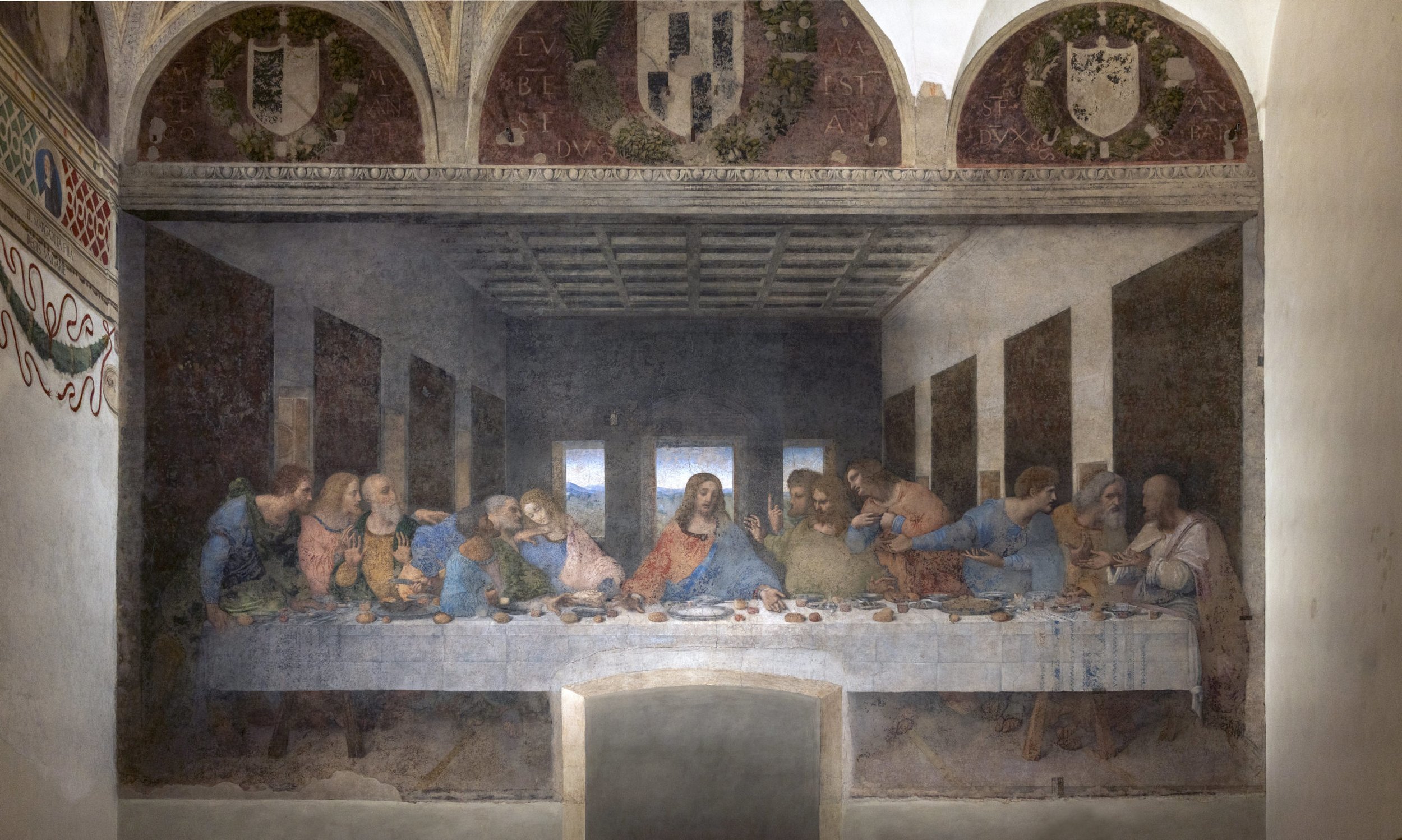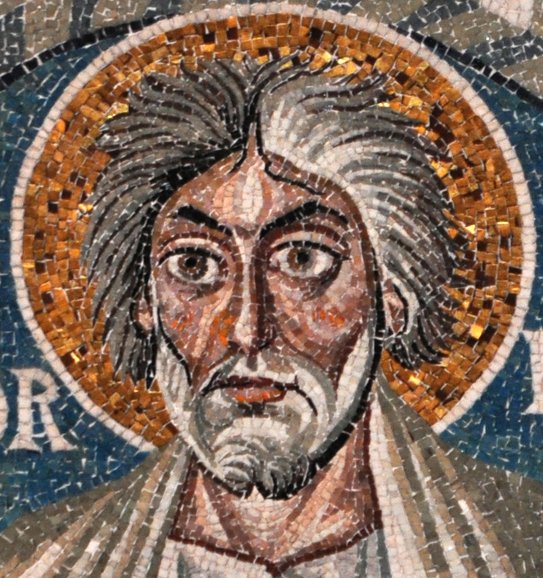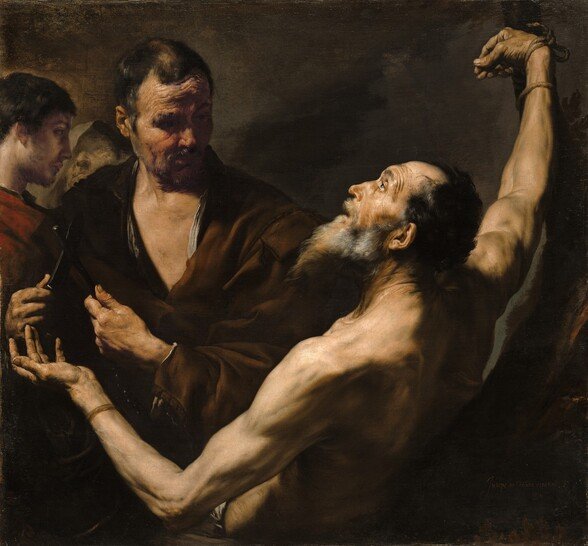Who Were the Twelve Disciples of Jesus?
Who Were the Twelve Disciples of Jesus?
The twelve disciples, also called apostles, were more than just followers of Jesus—they were his closest companions, chosen to learn from him and spread his message. Each disciple had a unique story and calling, reflecting their diverse backgrounds, personalities, and roles in the Gospel narrative. While they weren’t without their flaws, their lives demonstrate how ordinary people can be transformed by the love and teachings of Jesus.
These twelve men would become the pillars of the early Christian church, tasked with spreading the good news and laying the foundation for Christianity’s growth. In the following sections, we’ll take a closer look at each of the twelve disciples, their specific callings, key moments in their journeys with Jesus, and how their lives impacted the early church.
The Names of the Disciples: Who Were the 12 Apostles?
In the New Testament, the twelve disciples are sometimes known by different names, and this can be confusing for readers. Several disciples had multiple names, either because of variations in language or as part of their personal or cultural backgrounds. Understanding these different names helps us better appreciate the disciples’ roles in the early church and how they are referred to in various Gospel accounts.
For example, Simon is also known as Peter (meaning “rock” in Greek), a name given to him by Jesus to signify his leadership role (Matthew 16:18). James the son of Zebedee is sometimes referred to as James the Greater to distinguish him from James the son of Alphaeus, who is known as James the Less.
Thaddeus is often called Lebbaeus in some Gospel accounts, and Matthew is also referred to as Levi, reflecting his profession as a tax collector. Even Simon the Zealot might have been given his title based on his association with the Zealot movement, though the name isn’t necessarily a personal one.
Here’s a quick breakdown of how some of the disciples are known:
• Peter (Simon): Known as Peter after Jesus calls him the “rock” on which the church would be built.
• James (the son of Zebedee): Sometimes called James the Greater to distinguish him from the other James.
• John (the son of Zebedee): The brother of James and the author of the Gospel of John.
• James (the son of Alphaeus): Often called James the Less, possibly due to his stature or age.
• Matthew (Levi): A former tax collector who became one of Jesus’ key disciples.
• Thaddeus (Lebbaeus): Known by two names, his identity is debated, but he is often listed as the son of James.
This variation in names underscores the diversity among Jesus’ disciples, each with a unique background and role in spreading his message. Understanding the names and titles of the apostles enriches our understanding of their individual contributions to the Gospel story.
Leonardo da Vinci’s Last Supper, with each disciple playing a role. Source.
1. Peter (Simon)
Calling: Peter, a fisherman by trade, was called by Jesus while he was working with his brother, Andrew, on the shores of the Sea of Galilee. Jesus invited him to leave his nets and follow Him, promising that he would become a “fisher of men” (Matthew 4:19).
Key Stories: Peter is known for his boldness and his role as a leader among the disciples. He is often depicted in moments of both great faith and failure. Peter walked on water toward Jesus but began to sink when doubt crept in (Matthew 14:28-31). He was also the one who boldly declared Jesus as the Messiah, for which Jesus praised him and declared, “on this rock, I will build my church” (Matthew 16:18). However, Peter famously denied Jesus three times before the crucifixion (Luke 22:61), but was later restored by Jesus after the resurrection (John 21:15-19).
Impact: Peter’s bold leadership helped shape the early church, especially after his restoration by Jesus (John 21:15-19) and his sermon at Pentecost (Acts 2:14-41). His leadership paved the way for the spread of the Gospel.
2. James (son of Zebedee)
Calling: James, the brother of John, was also a fisherman. He and his brother were called by Jesus while they were mending their nets (Matthew 4:21-22).
Key Stories: James, along with Peter and John, was part of Jesus’ inner circle. He witnessed the Transfiguration (Matthew 17:1-9) and the agony in the Garden of Gethsemane (Matthew 26:37). James is notable for his boldness and passion, earning the nickname “Son of Thunder” (Mark 3:17).
Impact: James was the first apostle to be martyred, executed by Herod Agrippa I around 44 A.D. (Acts 12:2), showing his commitment to Christ even to the point of death.
3. John (brother of James)
Calling: Like his brother James, John was called while working as a fisherman (Matthew 4:21-22). He is often referred to as “the beloved disciple” because of his close relationship with Jesus.
Saint John on Patmos by Hans Burgkmair (1518) is a woodcut showing John's writing Revelation, blending realism and symbolism.
Key Stories: John was present at key events such as the Transfiguration, the Last Supper, and the Crucifixion (Matthew 17:1-9; John 13:23-25). He is the only disciple who remained at the foot of the cross (John 19:26-27). He is also credited with writing the Gospel of John, three epistles, and the book of Revelation.
Impact: John’s close relationship with Jesus allowed him to share deep insights, especially in his Gospel (John 13:23-25) and letters. He led the church in Ephesus and wrote letters emphasizing God’s love (1 John 4:7-21).
4. Andrew (Peter’s brother)
Calling: Andrew was the first disciple called by Jesus (John 1:40-42). Initially a disciple of John the Baptist, Andrew brought his brother Peter to Jesus, making a key contribution to the foundation of Jesus’ ministry.
This mosaic of Andrew is in the triumphal arch in the Basilica of San Vitale, Ravenna and is one of the earliest images of him. The entire arch is inspiring.
Key Stories: While Andrew is not as prominently featured in the Gospels as some other disciples, he is often portrayed as one who brought people to Jesus. He introduced Peter to Jesus (John 1:40-42) and later played a role in the feeding of the 5,000, bringing a boy with loaves and fish to Jesus (John 6:8-9).
Impact: As the first disciple called, Andrew introduced his brother Peter to Jesus (John 1:40-42). His evangelistic heart led him to spread the Gospel in Greece, where he was martyred (Matthew 4:19).
5. Philip
Calling: Philip was called by Jesus in Galilee (John 1:43), and he immediately found Nathanael (Bartholomew) to bring him to Jesus.
Philip and the Eunuch by Lambert Lombard, c. 1530
Key Stories: Philip’s interactions with Jesus show his curiosity and desire for understanding. In John 6:5-7, he is tested by Jesus when asked about feeding the crowd. He also asked Jesus to show the disciples the Father, to which Jesus responded that anyone who has seen him has seen the Father (John 14:8-9).
Impact: Philip’s evangelism, including bringing Nathanael to Jesus (John 1:43-51) and his missionary work with the Ethiopian eunuch (Acts 8:26-40), demonstrates his heart for spreading the Gospel far and wide.
6. Bartholomew (Nathanael)
Calling: Bartholomew, also known as Nathanael, was introduced to Jesus by Philip (John 1:45-51). Jesus remarked that Nathanael was “an Israelite in whom there is no deceit.”
Key Stories: Nathanael’s initial skepticism about Jesus’ origins (“Can anything good come out of Nazareth?”) was met with an invitation to come and see. Upon meeting Jesus, Nathanael immediately recognized him as the Son of God (John 1:47-49).
Impact: Bartholomew, once skeptical, declared Jesus as the Son of God after their encounter (John 1:45-51). He spread the Gospel, reaching Armenia and enduring martyrdom for his faith.
7. Matthew (Levi)
Calling: Matthew was a tax collector sitting at his booth when Jesus called him to follow (Matthew 9:9). He immediately left his lucrative job and became a disciple.
Caravaggio, the master of light and shadow, painted the tax collector in The Calling of Saint Matthew (1599-1600). Jesus and Peter enter the room, Jesus calls, and the light of revelation illumines the faces of the men, especially Matthew, who is offered a new beginning. Jesus, the”Second Adam, reaches forth his hand like Adam in in The Creation of Adam by Michelangelo.
Key Stories: Matthew’s calling is significant because it highlights Jesus’ ministry to the outcasts of society. Matthew is also the author of the Gospel of Matthew, which emphasizes Jesus as the fulfillment of Old Testament prophecy.
Impact: Matthew’s transformation from a tax collector to a Gospel writer (Matthew 9:9) bridges the gap between Jewish and Gentile believers, contributing significantly to the Christian message of salvation (Matthew 28:16-20).
8. Thomas (Didymus)
Calling: Thomas was one of the twelve disciples who followed Jesus throughout His ministry (Matthew 10:3).
Doubting Thomas by Giovanni Francesco Romanelli (17th century)
Key Stories: Thomas is most known for his doubt after the resurrection. As early as John 14, he was expressing his confusion and dismay at Jesus’ words of impending departure. When the other disciples claimed to have seen the risen Jesus, Thomas famously said, “Unless I see in His hands the mark of the nails, and place my finger into the mark of the nails, and place my hand into his side, I will never believe” (John 20:25). However, Jesus appeared to him and invited him to touch his wounds, leading Thomas to declare, “My Lord and my God!” (John 20:28).
Impact: Thomas, often remembered for doubting, made a powerful confession of faith (John 20:24-29). His missionary work in India helped establish a lasting Christian presence there.
9. James (son of Alphaeus)
Calling: James, often referred to as “James the Less” to distinguish him from James the son of Zebedee, is one of the lesser-known apostles.
Key Stories: While James the son of Alphaeus does not appear frequently in the Gospels, he was part of the inner circle of disciples. He is often identified with the early church leadership in Jerusalem, as mentioned in Acts.
Impact: Though less mentioned in Scripture, James the Less’s leadership in the early church, particularly in Jerusalem (Acts 15:13-21), played a crucial role in establishing Christian practices and beliefs.
10. Thaddaeus (son of James)
Calling: Thaddaeus, also called Lebbaeus, was one of the twelve, though little is mentioned about him in the Gospels.
Key Stories: Thaddaeus is known for asking Jesus, at the Last Supper, why He would reveal Himself to the disciples but not to the world (John 14:22).
Impact: Thaddeus asked Jesus a question at the Last Supper, revealing his deep faith (John 14:22). His missionary work contributed to the spread of the Gospel in areas outside Jerusalem.
11. Simon the Zealot
Calling: Simon was called by Jesus to follow Him, though his background as a Zealot, a political group seeking to overthrow Roman rule, is significant.
Key Stories: Little is mentioned about Simon in the Gospels, but his zeal for the Kingdom of God would have made him an impassioned follower of Jesus, often taking part in Jesus’ missionary efforts.
Impact: Simon’s past as a zealot shows his passionate devotion, which was redirected into spreading the Gospel (Luke 6:15). His missionary journeys, including work in Persia, helped grow the early church.
12. Judas Iscariot
Calling: Judas was chosen by Jesus to be one of the twelve, though his role was marked by betrayal.
Key Stories: Judas is most infamous for betraying Jesus for thirty pieces of silver (Matthew 26:14-16). After Jesus’ arrest, Judas was overcome with remorse and returned the silver, eventually taking his own life (Matthew 27:3-5).
Impact: Judas’ betrayal set in motion the events leading to Jesus’ crucifixion, making him a tragic figure in the Gospel narrative. Judas’s betrayal (Matthew 26:14-16) fulfilled God’s redemptive plan. Though his story is tragic, it serves as a stark reminder of the dangers of greed and unfaithfulness.
Conclusion
The twelve disciples were not perfect men, but each played an essential role in the unfolding story of Jesus’ ministry and the early church. Through their individual strengths, weaknesses, and unique contributions, they were witnesses to the life, death, and resurrection of Jesus. Their stories remind us that, despite our flaws, we too are called to follow Jesus, learn from Him, and share his message with the world.












